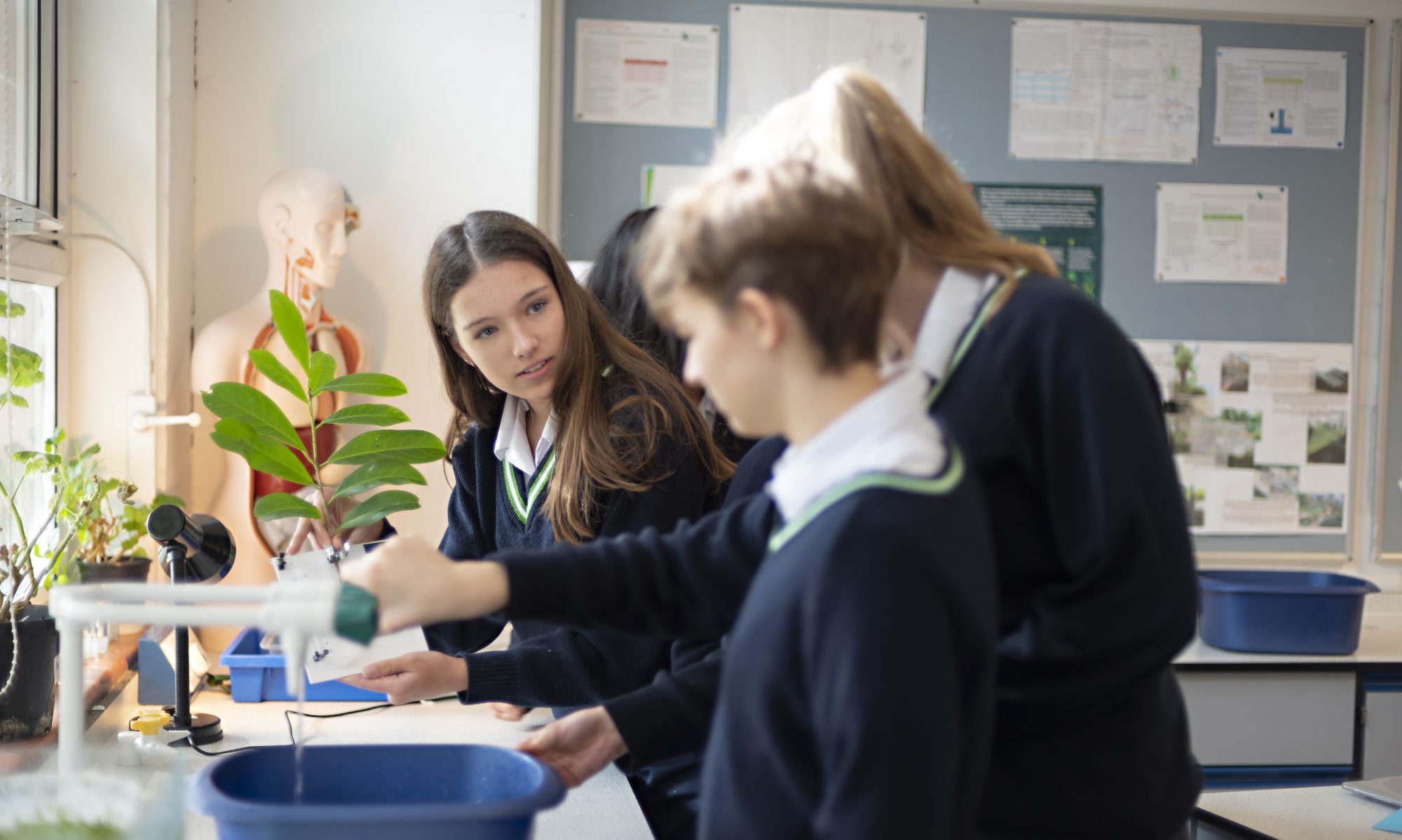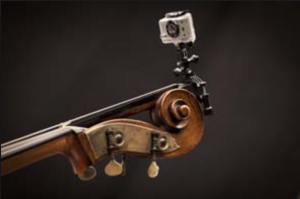Beth Ashton, teacher of Year 5 and 6 English in WHS Junior School, investigates Kagan structures and how this methodology helps to create an engaging classroom atmosphere focused on promoting effective learning.
“When teachers use Kagan structures they dramatically increase both the amount of active engagement and the equality of active engagement among students.”
Kagan, S. Structures Optimize Engagement. San Clemente, CA: Kagan Publishing. Kagan Online Magazine, Spring/Summer 2005

There is no doubt that creating a climate of active learning in the classroom contributes directly to the success and lasting impact on children’s development educationally.
As children progress through the key stages, the curriculum shifts in balance from skills to a more content-based approach. This can result in diminishing opportunities for lessons to be delivered with practical content. As a result, ensuring an active learning climate can be challenging.
Passive learning places focus on the teacher to dictate the learning environment, acting as the locus of control and knowledge within the classroom. Research has demonstrated that this approach results in poor knowledge retention and lasting issues for students in terms of taking ownership over their learning.

In terms of personal growth and the development of a lasting relationship with learning, this can result in pupils lacking the autonomy and independence to sustain their own studies.
With a whole-class ‘hands-up’ approach, pupils’ perception of their own ability can also be damaged.
“If the teacher has students raise their hands and calls on the students one at a time, students learn to compete for teacher’s attention. They are happy if a classmate misses, because it increases their own opportunity to receive recognition and approval”
Kagan, S. Kagan Structures for Emotional Intelligence
However, when time is of the essence and teachers are required to deliver a dense and complex curriculum, finding practical solutions to avoiding passive learning and ensuring active engagement in lessons can be difficult.
“The first critical question we ask is if the task we have set before our students results in a positive correlation among outcomes. Does the success of one benefit others?”
Kagan, S. Structures Optimize Engagement. San Clemente, CA: Kagan Publishing. Kagan Online Magazine, Spring/Summer 2005
In order to combat passive learning in the classroom, Years 5 and 6 in WHS Juniors have been using Kagan interactive learning structures in English lessons to promote inclusive and engaged dialogue when engaging with texts. Over the course of the year, girls have demonstrated an improved ability to move between social groups easily within lessons. Focussing on social awareness and the ability to converse with their peer group effectively has meant that teachers have been able to reward a multitude of different skills, rather than just praising those girls who put their hand up.
Kagan is a system of cooperative learning structures, based on using peer support to engage pupils. Using a series of variety of different interactive structures, pupils are placed in mixed ability groups of four. Constructing these groups with an awareness of social dynamics and learning styles is vitally important.

Kagan structures require every student to participate frequently and approximately equally https://www.kaganonline.com/about_us.php
By encouraging students to work as a team, teachers are able to remove the elements of competition and insecurity within the classroom, replacing them with a culture of collaboration and mutual support. The ‘hands-up’, whole-class approach to lessons is removed and replaced with pupils learning and discussing questions as a group, and feeding back to other groups around the classroom. This is achieved by swapping different numbers and using strategies such as ‘round robin’ and ‘numbered heads together’.
For example, when analysing a poem in English, girls would work in mixed ability groups, trying to identify the use of symbolism and looking at its effect. After thinking time, each number would be given an allocated time to share their thinking. This could be organised with the most able student sharing last, so that they don’t automatically lead the conversation. In order to ensure the lower ability pupil remains engaged, they could be pre-warned that their number would be responsible for reporting the outcome of the group discussion to the rest of the class.
The round robin structure described above ensures that each pupil:
- has a role
- is given allocated and structured time to share their views
- is listened to by their peers
Importantly, the conversation is not dominated by one particular student. The option to opt out is also managed effectively by the teacher, by ensuring that pupils are aware of the high expectations around their engagement and contribution to class discussion.
“Group work usually produces very unequal participation and often does not include individual accountability, a dimension proven to be essential for producing consistent achievement gains for all students.”
Kagan, S. Structures Optimize Engagement. San Clemente, CA: Kagan Publishing. Kagan Online Magazine, Spring/Summer 2005
By using the Kagan interactive models, unstructured group discussions are removed from the classroom environment. Strategies such as ‘Timed Pair Share’ give discussion a scaffold. This means that pupils who usually demonstrate a dominant approach and tend to speak first, are able to develop the capacity to listen. Equally, students who tend to take a back-seat are guided through the process of sharing their thinking more readily.

The teacher is also able to allocate roles within groups with ease and adaptability according to the pupil’s number within the group. This ensures that dominant pupils are not able to control team discussions and feedback time, and less engaged pupils are drawn into participation through interaction with peers.
“If students in small groups discuss a topic with no ‘interaction rules’, in an unstructured way, often one or two students dominate the interaction. If, however, students are told they must take turns as they speak, more equal participation is ensured”
Kagan, S. A Brief History of Kagan structures.
As well as academic participation, Kagan can be a vital tool in improving social awareness and skills. The format of structured discussion time within class, results in clear social strategies being delivered to pupils through lesson content. Providing discussion in class with a framework also increases confidence and promotes risk-taking. These skills translate to the playground and, ultimately, the students’ life outside school and into the world of work.
Research shows that there is a strong correlation between social interaction and exchange of information. Generally, higher achieving students tend to form sub-groups within a cohort, creating enclaves where information is rapidly exchanged, and excluding those students they perceive as ‘lower ability’. This can result in those students who struggle feeling isolated and excluded, and ultimately disengaging from their studies. By using Kagan to scaffold and structure the sharing of information between children of different abilities, we can ensure that pupils of all abilities are gaining access to the social interactions which will ensure they make excellent progress.
A whole-class approach to questioning is proven to disengage a significant proportion of the class, whilst placing strain on the teacher. By passing ownership of the lesson to the students, through posing questions and allowing them to answer collaboratively, the teacher is able to take a step back and observe the learning process, taking feedback from each child through listening to their discussion.
By providing the teacher with the time and mental space to observe the lesson as it progresses, changes are able to be made over the course of the lesson, adapting to pupils needs. By using Kagan structures when tackling new learning, students are guided through the stages of learning through peer support. In the first stage of learning, pupils are able to work as a larger group, obtaining a significant amount of team support. Following this, pupils are then able to take on the problem in pairs, and finally, individually.
Using this format provides the more able pupils with the challenge of articulating their thinking to support their peers and provides those with barriers to learning with support of multiple different kinds within a lesson. Using established interactive structures means that the structures themselves are transferable across subjects, allowing them to be applied to all lessons. Having a readily available, student-led body of cooperative learning strategies embedded in the curriculum means that differentiation through discussion and peer support avoids a system of creating worksheets and allows pupils to ensure they are constantly being challenged, stretched and supported.
Follow @Juniors_WHS on Twitter


 That’s the important thing isn’t it? Being right. Now, you have evidence backing your own view. You are not the only person who thinks this way. Other people important enough to be published in some medium think this way. Therefore, they must be right and you must be right. Moreover, all you see is the same information reiterated in your News feed, Instagram account, or amongst your friends. This corroborates your view. The opinion you had which was a small delicate thing is growing and hardening, becoming a wall to keep your psyche safe from thoughts that it assumes might damage it. Your confidence grows. Your surety of opinion flourishes.
That’s the important thing isn’t it? Being right. Now, you have evidence backing your own view. You are not the only person who thinks this way. Other people important enough to be published in some medium think this way. Therefore, they must be right and you must be right. Moreover, all you see is the same information reiterated in your News feed, Instagram account, or amongst your friends. This corroborates your view. The opinion you had which was a small delicate thing is growing and hardening, becoming a wall to keep your psyche safe from thoughts that it assumes might damage it. Your confidence grows. Your surety of opinion flourishes.



 Ruby (Year 10)
Ruby (Year 10) Zara (Year 10)
Zara (Year 10) Issie (Year 13)
Issie (Year 13)  Shanalia (Year 7)
Shanalia (Year 7)













 They say a little knowledge is a dangerous thing. If we consider the Dunning-Kruger effect (demonstrated on the diagram to the right) we might agree. The principle is that ‘knowledge without sufficient experience can lead to an overestimation of ability’. It is no surprise that Donald Trump has been nicknamed the ‘Dunning-Kruger President’ in articles by the New York Times, Bloomberg, and the Independent. I recall an interview where he tries to explain uranium to his audience:
They say a little knowledge is a dangerous thing. If we consider the Dunning-Kruger effect (demonstrated on the diagram to the right) we might agree. The principle is that ‘knowledge without sufficient experience can lead to an overestimation of ability’. It is no surprise that Donald Trump has been nicknamed the ‘Dunning-Kruger President’ in articles by the New York Times, Bloomberg, and the Independent. I recall an interview where he tries to explain uranium to his audience:



